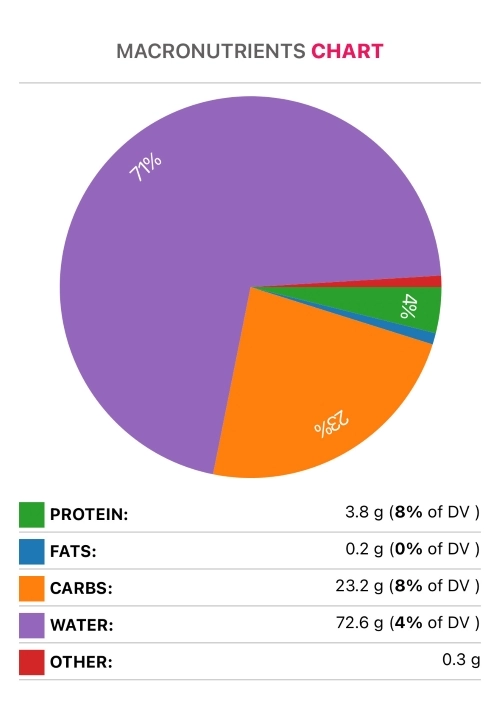Couscous and Diabetes - Is it Good For Diabetics

Introduction
This article will discuss couscous and its effects on diabetics.
Type-2 Diabetes
Couscous has a glycemic index of 65, which is considered moderate to high. However, its glycemic load and insulin index are high, at 22 and 84, respectively.
Refined grains, due to their moderate GI index and carbs, tend to cause blood sugar to spike shortly after eating, followed by energy crashes. To find glycemic index values for more than 350 foods, visit the Glycemic index chart.
A study (1) showed that blood glucose after eating pasta was lower than after eating couscous. It was conducted on eight healthy subjects and insulin-dependent diabetes mellitus patients. After an overnight fast, they ate in the morning on two separate occasions and in a randomized order of 50 gr of pasta or couscous.
In conclusion, couscous has a higher glycemic effect and insulin index than pasta or other grains, so try to avoid couscous consumption.

Safe Ways for Diabetics to Enjoy Couscous
Adding whole grains like whole-wheat couscous to your diet is important for managing type 2 diabetes. Whole grains have a lower glycemic index than refined grains, which helps keep blood sugar levels stable. Research shows that eating more whole grains can lower the risk of developing type 2 diabetes and help control blood sugar in those with it (2).
Here are some safe ways to eat couscous:
- pair them with foods rich in soluble fiber,
- pair them with boiled chicken or beef,
- eat plain couscous or couscous salad with vegetables with another healthy main dish
Quinoa is a great alternative to couscous with a lower glycemic load (18) and carbs content (21g). Studies show that quinoa consumption can help reduce fasting blood sugar and triglyceride levels (3).
Bulgur is another alternative to couscous and can be a good choice for diabetics. It has a lower glycemic index and higher fiber content than couscous, meaning bulgur breaks down slower in the intestines and doesn't cause glucose spikes (4).
